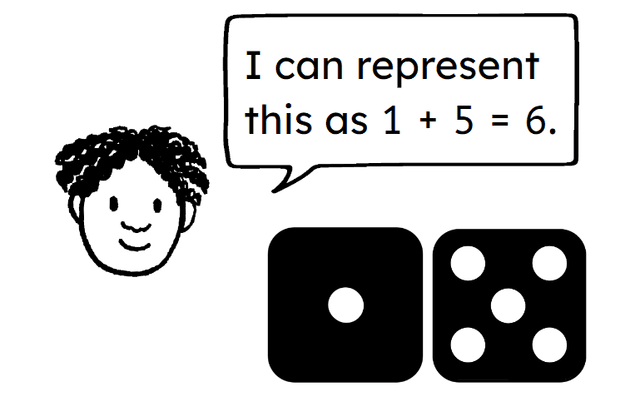Myths about teaching can hold you back
- Year 1
Understand the use of the equals sign in equations
I can understand how we use the equal sign to show that the whole and the sum of its parts are equal.
- Year 1
Understand the use of the equals sign in equations
I can understand how we use the equal sign to show that the whole and the sum of its parts are equal.
These resources were made for remote use during the pandemic, not classroom teaching.
Switch to our new teaching resources now - designed by teachers and leading subject experts, and tested in classrooms.
Lesson details
Key learning points
- We can write an equation to show that the whole is equal to the sum of its parts.
- The equals sign = represents ‘is equal to’. It shows us which parts of the equation are equal.
- When adding, the whole is called the sum.
- The sum is equal to the two addends.
- You can rearrange an equation as long as both sides of the equation remain equal to each other.
Keywords
Is equal to - Exactly the same amount or value.
Equals symbol - = shows that what is on the left of the symbol is exactly the same amount or value as what is on the right of the symbol.
Equation - An equation says that two things are equal. It will have an equal sign like this =
Common misconception
Children may believe the equal sign must always be placed at the end of the equation.
Provide opportunities to rearrange equations, initially where both addends are presented as one unit which balances the sum.
To help you plan your year 1 maths lesson on: Understand the use of the equals sign in equations, download all teaching resources for free and adapt to suit your pupils' needs...
To help you plan your year 1 maths lesson on: Understand the use of the equals sign in equations, download all teaching resources for free and adapt to suit your pupils' needs.
The starter quiz will activate and check your pupils' prior knowledge, with versions available both with and without answers in PDF format.
We use learning cycles to break down learning into key concepts or ideas linked to the learning outcome. Each learning cycle features explanations with checks for understanding and practice tasks with feedback. All of this is found in our slide decks, ready for you to download and edit. The practice tasks are also available as printable worksheets and some lessons have additional materials with extra material you might need for teaching the lesson.
The assessment exit quiz will test your pupils' understanding of the key learning points.
Our video is a tool for planning, showing how other teachers might teach the lesson, offering helpful tips, modelled explanations and inspiration for your own delivery in the classroom. Plus, you can set it as homework or revision for pupils and keep their learning on track by sharing an online pupil version of this lesson.
Explore more key stage 1 maths lessons from the Additive structures: addition unit, dive into the full primary maths curriculum, or learn more about lesson planning.

Equipment
Licence
Prior knowledge starter quiz
6 Questions
Q1.The image shows a whole group of pebbles that has been partitioned into two parts, large pebbles and small pebbles. Tick all the numbers that will complete the stem sentence, ___ is a part.
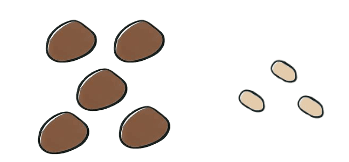
Q2.Which two images represent the equation 5 + 3 ?
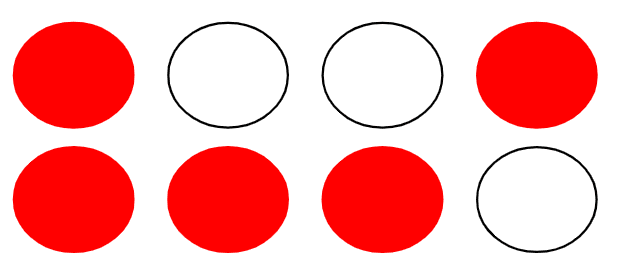
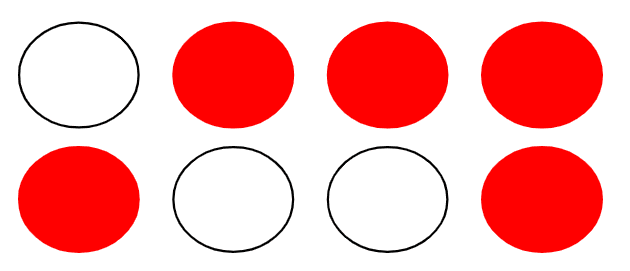
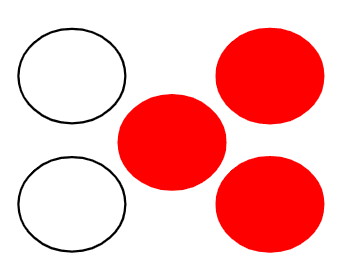
Q3.There are 7 counters on a tens frame. Which expressions could correctly represent the counters?
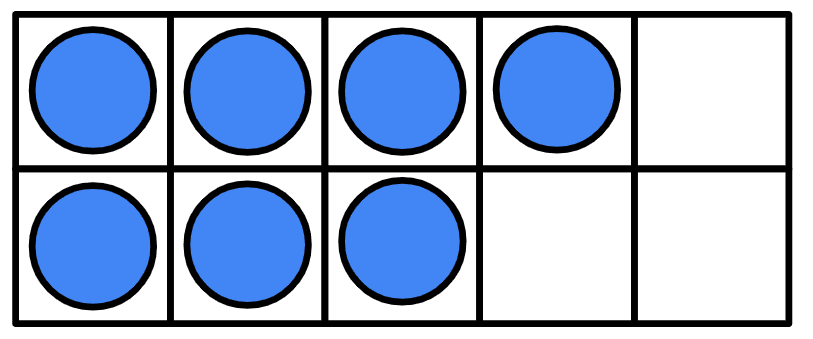
Q4.Using numerals and the plus sign, represent the picture in two ways.
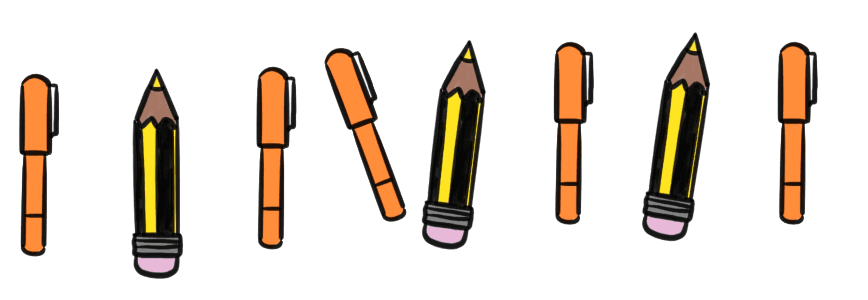
Q5.Which one of the following cannot represent the picture?

Q6.Which of the following correctly represent this image?
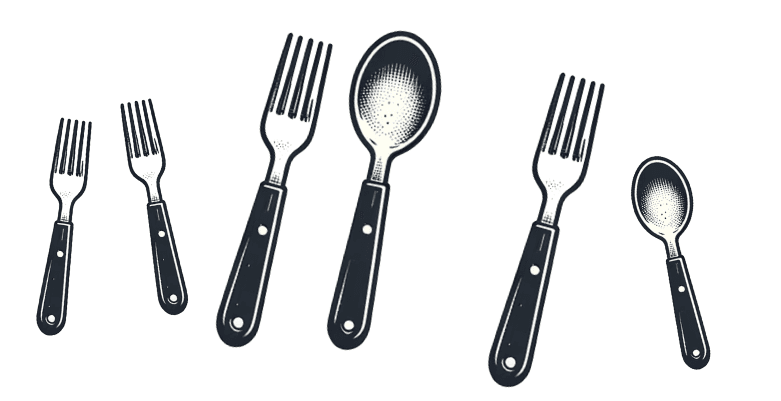
Assessment exit quiz
6 Questions
Q1.Tick all the options which could describe the picture.
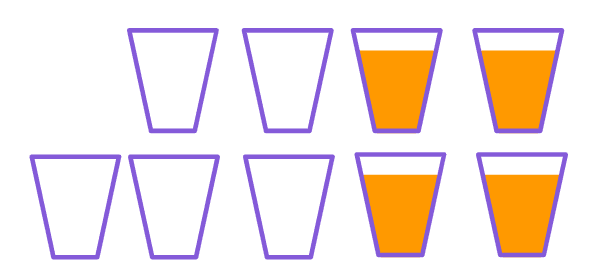
Q2.Look at the equation. 4 + 3 = 7. Match each number to the correct word to describe it.
part
part
whole
Q3.Which picture matches the part-part-whole model?
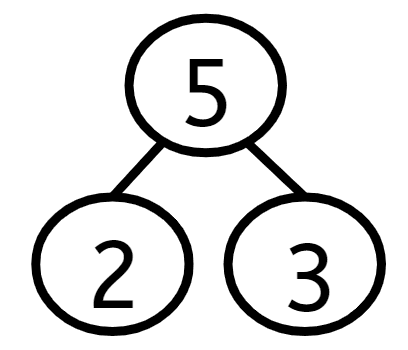
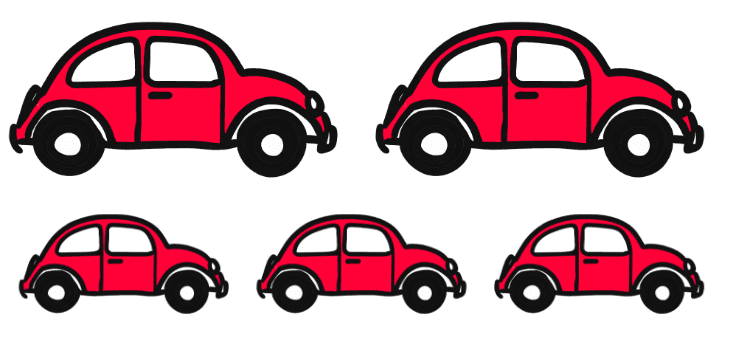
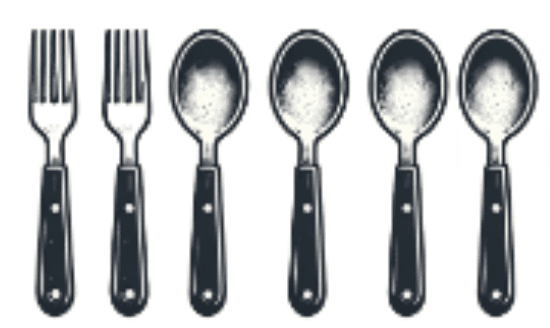
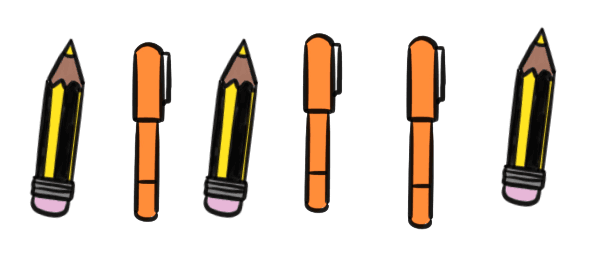
Q4.Write an equation to match this picture, partitioning the teddies by size (small and large). Do not use spaces in your equation.

Q5.Which equation could match the part-part-whole model?
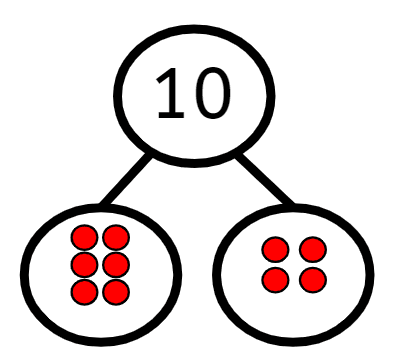
Q6.Jacob writes this equation. Which of the following could represent the same picture.
